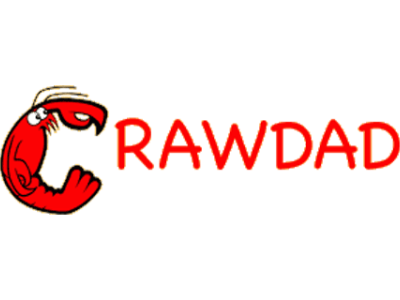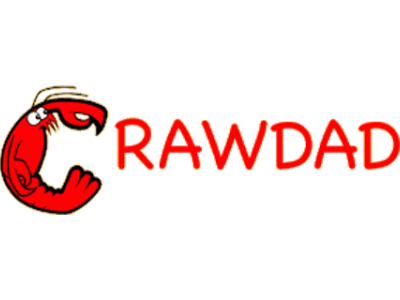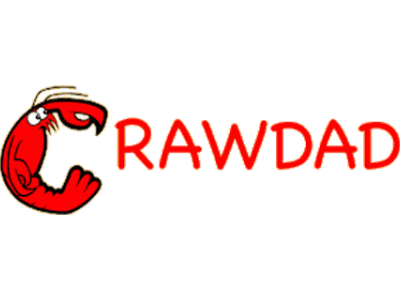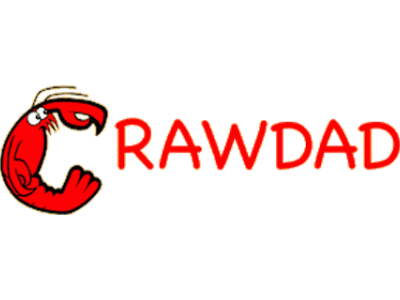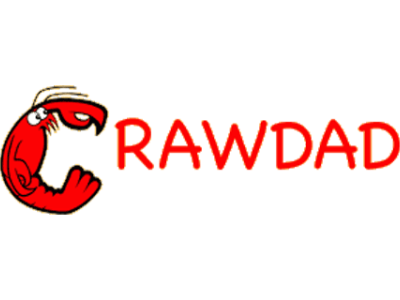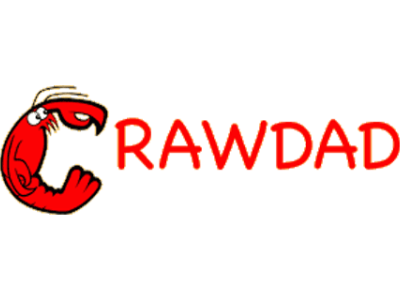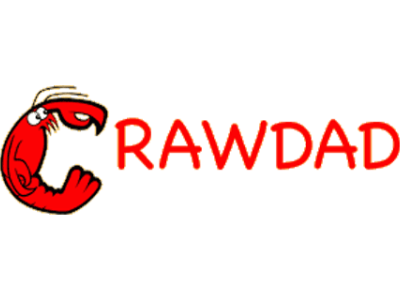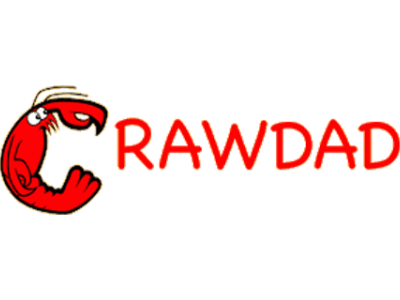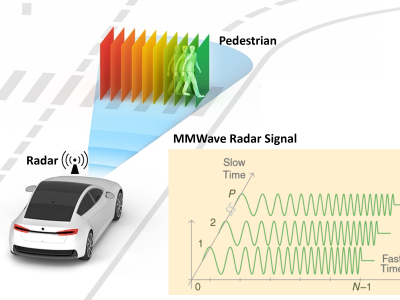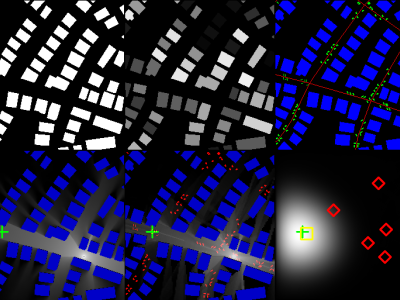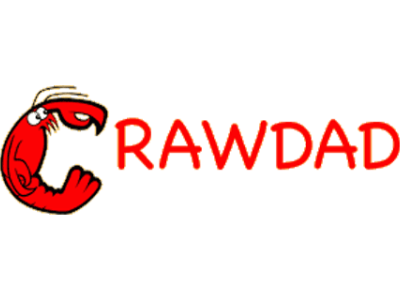CRAWDAD kth/campus
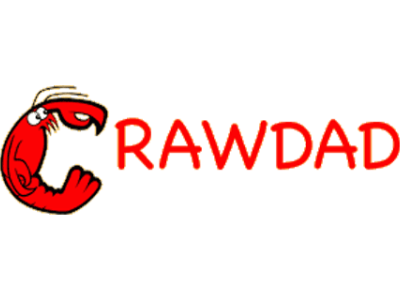
- Citation Author(s):
-
Ljubica Pajevic (KTH Royal Institute of Technology)Gunnar KarlssonViktoria Fodor
- Submitted by:
- CRAWDAD Team
- Last updated:
- DOI:
- 10.15783/c7-5r6x-4b46
- Data Format:
 594 views
594 views
- Categories:
Abstract
Dataset of wireless network measurements at the KTH campuses, collected during 2014-2015. DOI: https://doi.org/10.15783/c7-5r6x-4b46
The dataset contains records of authenticated user associations to the wireless network of the KTH Royal Institute of Technology in Stockholm. The dataset also includes scan results and mapping information of Wi-Fi networks, collected by means of war-walking at the university's two largest campuses.
date/time of measurement start: 2014-01-01
date/time of measurement end: 2015-12-14
collection environment: The KTH wireless network provides coverage for buildings on one large and four small campuses located within metropolitan Stockholm area. The campus buildings are for non-residential use, housing classrooms, computer laboratories, libraries, offices, administrative premises, cafeterias and restaurants. Due to the high density of access points (APs) and proximity of campus buildings, most of the outdoor areas are covered as well. At the time of the trace collection (2014-2015) the university had around 18000 active students and employees, most of them accessing the wireless network via smartphones, laptops and other portable devices. The number of active wireless users that connected to the network for a weekday varied between 13000 and 15000.
network configuration: The number of deployed APs in the network varied from 934, active during the first month to 965 in the last month, with the maximum number of 985 APs in the middle of the experiment. All APs in the network are Cisco Aironet models. The APs are managed by Cisco 5508 Series Wireless Controllers. The wireless controllers are connected, through the university LAN, to an authentication server, in this case FreeRADIUS (version 2) server, which is responsible for handling wireless users access requests.
data collection methodology: The two tracesets included in the dataset were collected by different acquisition methodologies. The first traceset consists of Eduroam associations, which were pulled from the authentication server deployed in the university network. These associations constitute 95 % of all associations in the wireless network. User association in an Eduroam network requires RADIUS authentication. For keeping record of all authentication events, FreeRADIUS uses a syslog module _linelog_ which reports events in the [F-Ticks format](http://tools.ietf.org/html/draft-johansson-fticks-00). In the case of Eduroam access, these records are logged and reported to the national operator for collecting statistics at national levels. To obtain the second traceset, we developed a simple Android application to record scan results and coverage of all Wi-Fi networks detected while walking at the campus.
error: Some APs were relocated during the course of the experiment, but their names were not modified to reflect these movements. This resulted in those relocated APs showing in the association logs with the name corresponding to the last location where the AP was deployed. We made our best efforts to detect all APs that belong in this group, and subsequently re-assigned names to correspond to the correct buildings (and floors where available) where the APs were deployed in the past.
limitation: The traceset contains only records of successful associations, lacking the information of session durations e.g., via de-authentication/disassociation events or accounting logs. The second limitation is the inability to infer any information about user devices from their MAC addresses---for instance, the device type from the OUI portion of the MAC address---since the entire addresses were hashed during logging.
Traceset
kth/campus/eduroam
Dataset of association records to the Eduroam network at the KTH campuses, collected during 2014-2015.
- file: traceset1.zip
- description: The dataset contains records of authenticated user associations to the wireless network of the KTH Royal Institute of Technology in Stockholm.
- measurement purpose: User Mobility Characterization, Network Performance Analysis, Location-aware Computing, Usage Characterization, Human Behavior Modeling, Localization, Opportunistic Connectivity
eduroam_jan2014 Trace
- jan2014
- configuration: The traceset was obtained from the FreeRADIUS server logs of user authentication events.
- format: The traceset comprises 16 CSV files, where each file contains one month of user associations. Each line in a trace file represents a record of a successful authentication event. The format of these records is the following: timestamp, hashed_user_id, ap_id
kth/campus/wifi-mapping
Coverage of the Wi-Fi networks at the KTH main campus.
- file: traceset2.zip
- description: This traceset contains information about detected access points, including location information (GPS coordinates) where the Wi-Fi beacons were captured.
- measurement purpose: User Mobility Characterization, Network Performance Analysis, Location-aware Computing, Usage Characterization, Positioning Systems , Content Distribution Evaluation, Localization
wifi-mapping Trace
- wifi-mapping
- configuration: The traceset was collected by war-walking across two largest university campuses. During measurement runs, Wi-Fi scans were performed every 10 seconds. The location associated with a scan result corresponds to the estimated GPS coordinates when the scan started.
- format: The traceset comprises 32 CSV files, corresponding to separate (short) experiments. In a trace file, each line represents a single scan result. The format of a scan result is the following: timestamp_scan_started, timestamp_scan_ended, longitude, latitude, altitude, GPS_location_accuracy, BSSID, AP_MAC_address, wifi_channel,received_signal_strength_indication, capabilities
Instructions:
The files in this directory are a CRAWDAD dataset hosted by IEEE DataPort.
About CRAWDAD: the Community Resource for Archiving Wireless Data At Dartmouth is a data resource for the research community interested in wireless networks and mobile computing.
CRAWDAD was founded at Dartmouth College in 2004, led by Tristan Henderson, David Kotz, and Chris McDonald. CRAWDAD datasets are hosted by IEEE DataPort as of November 2022.
Note: Please use the Data in an ethical and responsible way with the aim of doing no harm to any person or entity for the benefit of society at large. Please respect the privacy of any human subjects whose wireless-network activity is captured by the Data and comply with all applicable laws, including without limitation such applicable laws pertaining to the protection of personal information, security of data, and data breaches. Please do not apply, adapt or develop algorithms for the extraction of the true identity of users and other information of a personal nature, which might constitute personally identifiable information or protected health information under any such applicable laws. Do not publish or otherwise disclose to any other person or entity any information that constitutes personally identifiable information or protected health information under any such applicable laws derived from the Data through manual or automated techniques.
Please acknowledge the source of the Data in any publications or presentations reporting use of this Data.
Citation:
Ljubica Pajevic, Gunnar Karlsson, Viktoria Fodor, kth/campus, https://doi.org/10.15783/c7-5r6x-4b46 , Date: 20190701


